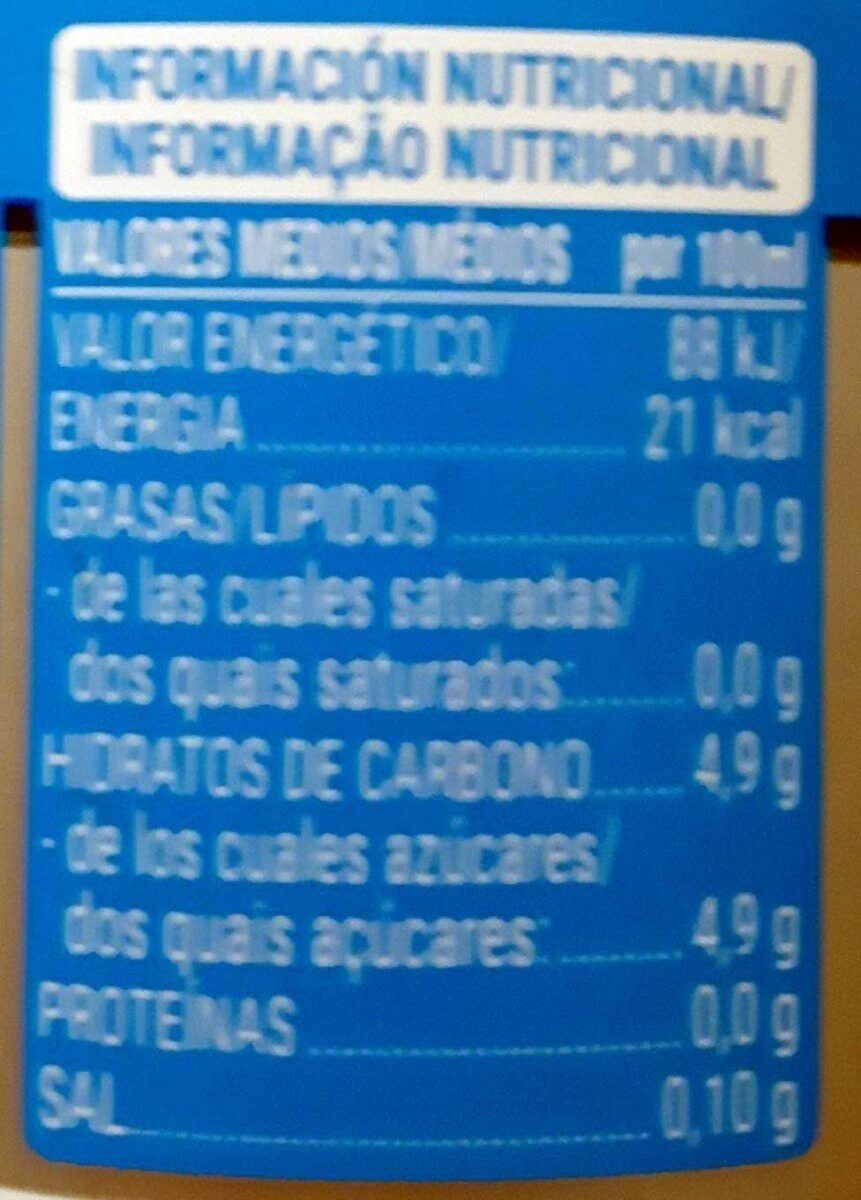Iso on blue - Hacendado - 500 ml
This product page is not complete. You can help to complete it by editing it and adding more data from the photos we have, or by taking more photos using the app for Android or iPhone/iPad. Thank you!
×
Barcode: 8480000290809 (EAN / EAN-13)
Common name: Bebida refrescante aromatizada, con azúcar y edulcorantes
Quantity: 500 ml
Packaging: es:Green dot
Brands: Hacendado
Categories: Beverages, Artificially sweetened beverages, Diet beverages, Dietary drink for sport, Sweetened beverages
Labels, certifications, awards:
Green Dot, With sweeteners
Stores: Mercadona
Matching with your preferences
Environment
Packaging
Transportation
Report a problem
Data sources
Product added on by kiliweb
Last edit of product page on by roboto-app.
Product page also edited by alia, elcoco, yuka.sY2b0xO6T85zoF3NwEKvllQYWuLMphTHDBLRvGmw1se0d5a3QuhA46nYMKs.
If the data is incomplete or incorrect, you can complete or correct it by editing this page.










